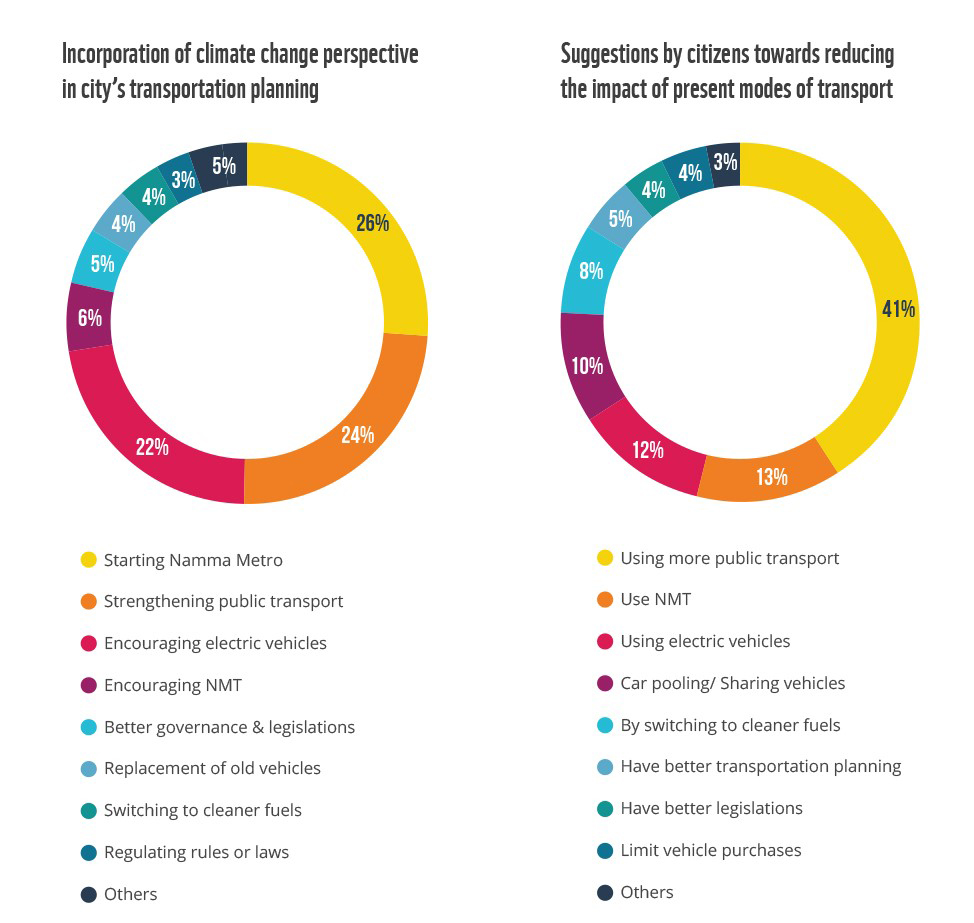Introduction
India is a land of contrasts. From the bustling metropolises of Delhi and Mumbai to the serene villages nestled in the Himalayan foothills, the country’s diversity is truly breathtaking. However, this diversity also brings with it unique challenges, particularly in the realm of transportation. With a population of over 1.3 billion people and urbanization on the rise, the need for sustainable transportation solutions in India has never been more pressing. In this blog post, we will delve into the sustainable transportation initiatives that are gaining momentum in India and how they are contributing to the fight against climate change.
Sustainable Transportation: A Necessity for India
The transportation sector is a major contributor to greenhouse gas emissions worldwide, and India is no exception. With a rapidly growing middle class and increasing urbanization, the demand for personal vehicles has been on the rise, resulting in higher emissions and air pollution levels. To combat these challenges, India has been implementing a range of sustainable transportation initiatives that focus on reducing emissions, promoting public transportation, and adopting cleaner technologies.
- Expansion of Public Transportation
One of the most significant steps towards sustainable transportation in India has been the expansion and improvement of public transportation systems. Metro systems have been introduced in major cities like Delhi, Mumbai, and Bangalore, providing a convenient and eco-friendly alternative to private vehicles. These metros are powered by electricity and contribute significantly less to air pollution compared to traditional combustion engine vehicles.
- Electric Mobility Revolution
India is also making strides in electric mobility. The government has launched various schemes and incentives to promote the adoption of electric vehicles (EVs). These initiatives include subsidies for electric two-wheelers and four-wheelers, as well as incentives for manufacturers to produce EVs locally. As a result, the Indian EV market is experiencing rapid growth, reducing emissions and dependence on fossil fuels.
- Bicycle Sharing Programs
In congested urban areas, bicycles are emerging as a sustainable mode of transportation. Bicycle sharing programs have gained popularity in cities like Pune, Mysore, and Bhopal. These programs not only provide an affordable and eco-friendly way to commute but also promote a healthier lifestyle.
- Promotion of Non-Motorized Transport
In addition to bicycles, non-motorized forms of transportation like walking and cycle rickshaws are being promoted in many Indian cities. Dedicated pedestrian zones and cycle lanes are being created to encourage people to choose these modes of transport for short distances, reducing congestion and emissions.
- Innovative Transportation Solutions
India is also exploring innovative transportation solutions to reduce emissions and promote sustainability. Initiatives like shared mobility platforms, including ride-sharing and carpooling services, are becoming increasingly popular. These services help reduce the number of vehicles on the road and lower emissions per passenger-kilometer traveled.
- Improved Infrastructure
To support sustainable transportation initiatives, India is investing in better infrastructure. This includes the construction of pedestrian-friendly walkways, the integration of transportation modes, and the development of green corridors for buses and trams. These infrastructure improvements are crucial in encouraging people to choose sustainable transportation options.
Challenges and Future Prospects
While India has made significant progress in promoting sustainable transportation, challenges remain. The country’s vast and diverse landscape, along with infrastructural limitations in some regions, presents hurdles to the widespread adoption of these initiatives. Additionally, the transition to sustainable transportation may be slowed by cultural and social factors, as personal vehicles are often seen as a status symbol.
However, the future of sustainable transportation in India looks promising. The government’s commitment to reducing emissions and improving air quality, along with the growing awareness among citizens about the environmental impact of transportation, is driving positive change. As technology advances and becomes more affordable, electric vehicles and other sustainable modes of transport are likely to become more accessible to the masses.
Conclusion
Sustainable transportation is not just an option; it’s a necessity for a country as diverse and populous as India. With climate change looming large and the need to reduce greenhouse gas emissions becoming increasingly urgent, India’s efforts in this arena are commendable. From expanding public transportation to promoting electric mobility and encouraging non-motorized transport, the country is taking steps in the right direction.
As we look to the future, it is crucial for India to continue investing in sustainable transportation initiatives, addressing the challenges, and fostering a culture of eco-friendly commuting. By doing so, India can play a significant role in mitigating climate change and creating a more sustainable and livable environment for its citizens.
In our next blog post, we will explore more local and regional perspectives on climate change and the innovative solutions being implemented around the world to combat this global challenge. Stay tuned for more insights and inspiration on how we can all contribute to a greener, cleaner future.






